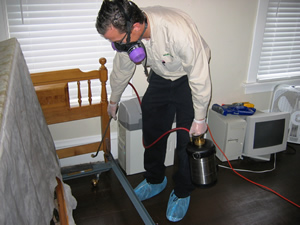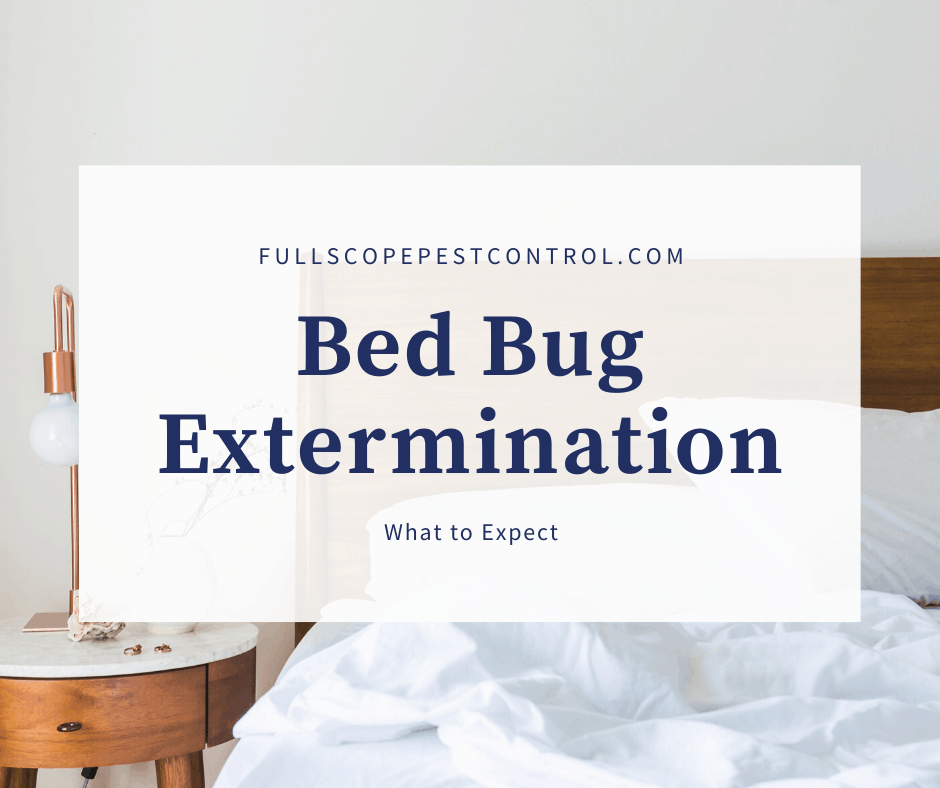Effective Bed Bug Heat Treatment for Homes and Businesses in Arlington
Effective Bed Bug Heat Treatment for Homes and Businesses in Arlington
Blog Article
Get Enlightened Regarding the Sorts Of Bug Control Approaches and Their Advantages for House Owners
Understanding the various bug control techniques available to property owners is necessary for effective bug management. House owners who are knowledgeable can make strategic selections that not only address pest issues but additionally enhance the general high quality of their living environment.
Chemical Bug Control Methods
Chemical insect control approaches are a crucial component of integrated bug monitoring strategies for property owners seeking effective remedies to pest problems. These techniques entail the application of chemical materials designed to get rid of or hinder insects that intimidate personal effects, wellness, and convenience. Typical chemicals used include pesticides, fungicides, rodenticides, and herbicides, each customized to target specific insects.
The key advantage of chemical insect control is its fast efficiency; lots of formulations give prompt outcomes, minimizing pest populaces substantially in a brief time. Furthermore, breakthroughs in chemical solutions have actually caused items that are much more eco-friendly and have reduced poisoning degrees for non-target microorganisms when used appropriately.

Organic Pest Control Techniques
Natural insect control approaches have actually gained prominence as homeowners look for more secure and a lot more sustainable choices to conventional chemical methods. Organic bug control methods use natural predators, parasites, or virus to manage pest populaces properly. This technique is not only eco-friendly however also reduces the danger of harm to non-target species, including useful insects and wildlife.
One of one of the most typical organic control techniques includes introducing all-natural predators into the atmosphere. Ladybugs can be used to regulate aphid populations, while nematodes target soil-dwelling bugs like grubs. Furthermore, parasitoids-- organisms that live on or within a host-- can be employed to control specific insect varieties by laying eggs inside them, eventually bring about their death.
An additional approach is using biopesticides, which are stemmed from natural materials such as minerals, germs, or plants (bed bug exterminator). These products can efficiently target parasites while presenting minimal risk to family pets and people. Generally, biological bug control strategies provide homeowners with an effective methods of parasite management that aligns with ecological principles, advertising a much healthier living setting while lowering reliance on artificial chemicals
Mechanical Bug Control Approaches
Mechanical parasite control techniques include a variety of techniques that literally stop or get rid of insects without using chemicals. These techniques are specifically useful for property owners looking for environmentally friendly alternatives while ensuring the security of their living rooms.
One typical technique is the use of barriers, such as traps, nets, and screens, which prevent insects from going into homes or particular locations. Installing window displays can efficiently keep insects out, while making use of physical obstacles around gardens can discourage bigger insects like rabbits or deer. Additionally, mechanical traps made for rats can catch and remove these pests without the requirement for poisonous materials.
Another reliable method includes the commercial pest control use of vacuums and brooms to eliminate pests directly from surface areas. Routine cleaning and maintenance can significantly decrease bug populations by getting rid of food sources and hiding places. In addition, using tools like ultrasonic bug repellents can prevent various parasites through acoustic wave that are unpleasant to them however inaudible to people.
Social Pest Control Practices
Social parasite control methods concentrate on customizing the atmosphere and monitoring methods to develop conditions that are less favorable to pest invasions. These practices are essential in maintaining a balanced community and minimizing the dependence on chemical interventions. By altering farming practices, homeowners can efficiently hinder pests while promoting plant health.
One usual technique consists of plant rotation, which interrupts the life cycles of bugs by altering the kinds of plants expanded in a particular area (bed bug exterminator). This not just decreases pest populaces yet additionally improves soil health. Additionally, intercropping-- growing diverse crops in proximity-- can confuse insects and reduce their capability to situate their favored host plants
Water monitoring is another vital facet of cultural practices. Proper watering techniques can avoid standing water, which serves as a breeding ground for insects and various other parasites. In addition, preserving sanitation in and around the home, such as consistently eliminating debris and food waste, can significantly lower bug tourist attraction.
Incorporating these cultural techniques into a detailed bug monitoring strategy allows home owners to produce an atmosphere that normally hinders bugs, thus enhancing the efficiency of various other control approaches while advertising lasting horticulture and landscaping.

Integrated Insect Management Approaches
Integrated Parasite Administration (IPM) stands for an all natural technique that combines various approaches to successfully manage parasite populations while lessening environmental effect. This approach incorporates organic, cultural, physical, and chemical methods to accomplish lasting pest control. By analyzing pest populaces and their all-natural opponents, IPM highlights monitoring and recognizing bugs prior to carrying out control actions.
Among the core roach concepts of IPM is the usage of thresholds, which establish the degree of insect task that requires intervention. This makes certain that therapies are used just when required, minimizing the reliance on chemical pesticides. Biological control techniques, such as presenting natural killers or bloodsuckers, job in combination with social methods like crop rotation and habitat adjustment to interfere with pest life cycles.
Additionally, IPM motivates using least-toxic chemical alternatives when intervention is needed, focusing on items that posture marginal danger to non-target organisms and the environment. For property owners, adopting IPM comes close to not just enhances the efficiency of parasite monitoring however additionally advertises a healthier living atmosphere, cultivating biodiversity and minimizing chemical exposure. Eventually, IPM encourages home owners to make enlightened choices that stabilize parasite control with eco-friendly responsibility.
Conclusion
In conclusion, recognizing the different insect control methods empowers click here to read property owners to make informed choices relating to pest administration. Each approach-- chemical, biological, mechanical, social, and incorporated pest management-- supplies distinct benefits that provide to various needs and choices.
Recognizing the various parasite control methods readily available to homeowners is important for efficient insect management.Chemical pest control methods are a critical part of incorporated insect monitoring methods for homeowners looking for efficient remedies to pest invasions. In general, biological bug control techniques supply homeowners with an effective ways of parasite management that straightens with environmental concepts, promoting a much healthier living setting while decreasing dependence on artificial chemicals.
Social pest control practices concentrate on modifying the atmosphere and monitoring strategies to develop conditions that are much less conducive to pest problems.In conclusion, comprehending the various insect control techniques encourages home owners to make educated choices pertaining to pest administration.
Report this page